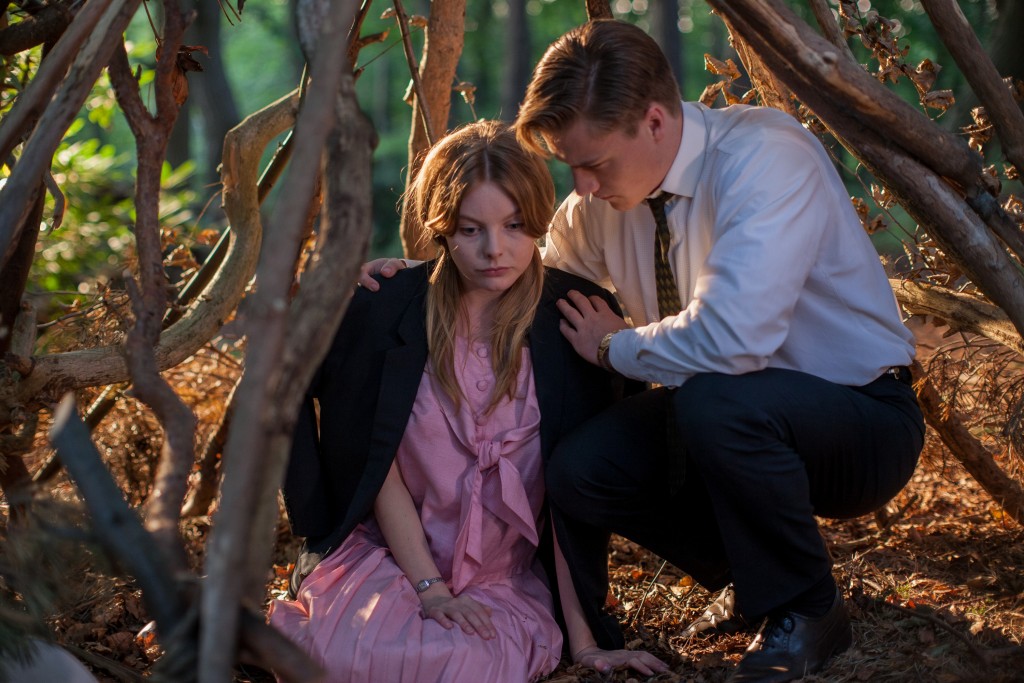For the fourth season in a row, we are honored to have the faculty of the Vanderbilt School of Nursing back to guest blog for us each Monday morning about the previous night’s episode of Call the Midwife, airing Sundays on NPT and PBS Stations nationwide at 7 p.m. CDT through May 17. Check in every Monday morning for historical and contemporary context on the show along with some fun discussion. SPOILER ALERT: Be aware that some posts may contain spoilers.

By Bethany Domzal Sanders
 As I watched this episode, I struggled to find a commonality between the different storylines until the very end when it all clicked. Two simple words—“let go”—the last words uttered during this episode, tied together the stories of the people and midwives of Poplar.
As I watched this episode, I struggled to find a commonality between the different storylines until the very end when it all clicked. Two simple words—“let go”—the last words uttered during this episode, tied together the stories of the people and midwives of Poplar.
We midwives sometimes see a woman fighting the birth process because of the intensity of what she is feeling. When this happens, we find ourselves urging women to relax, release fear or tension, and let go. As the Sister said as she assisted with a labor, “[You have] a brave beautiful body. It knows the way and so do you.” Sometimes as labor unfolds new information presents itself. We find ourselves encouraging women to let go of the expectations or plans they had previously held and instead embrace their course of labor. For some women this could be deciding it is the right time for the epidural they didn’t want or the Cesarean section they really wanted to avoid. As Vaughn said, “Sometimes what’s best for you isn’t what you want.”
Paulette and Vaughn were faced with a heart-aching decision in which they had to let go of the future they dreamed of. In the 1960s our understanding of Type I diabetes (often called juvenile diabetes since diagnosis was usually made in childhood) was much more limited, as were treatment options. As recently as 1924, over half of babies born to women with diabetes did not survive (www.diabetes.org), so the risks that Dr. Turner and Nurse Crane were worried about were very real. Another popular portrayal of Type 1 diabetes in pregnancy comes from the movie Steel Magnolias, showing that even in more recent history diabetes and pregnancy can be a dangerous combination. Thankfully as medical knowledge and diabetes management has advanced, the routine termination of pregnancy in diabetic women is no longer recommended.
This episode of Call the Midwife also saw an older mother having to let go of some of her fierce independence. With her ailing grandmother unable to assist at her birth, she instead had to rely on an outsider and a new mother whose own baby she had recently assisted into the world. Sometimes the line between birth and death is so thin, and I certainly had tears as the encampment said goodbye and let go of the grandmother. I loved the multigenerational view of the family and the sense of community they shared. I found myself hoping the young mother would become a midwife herself “sustained and inspired by those that had heeded the call before them.” After all, I believe the phrase “call the midwife” refers not only to summoning a birth attendant, but also to the internal drive that leads women to choose this profession.
Bethany Domzal Sanders, MSN, CNM, is a member of the Vanderbilt Nurse-Midwives, the clinical practice of the Vanderbilt University School of Nursing located at West End Women’s Health Center.